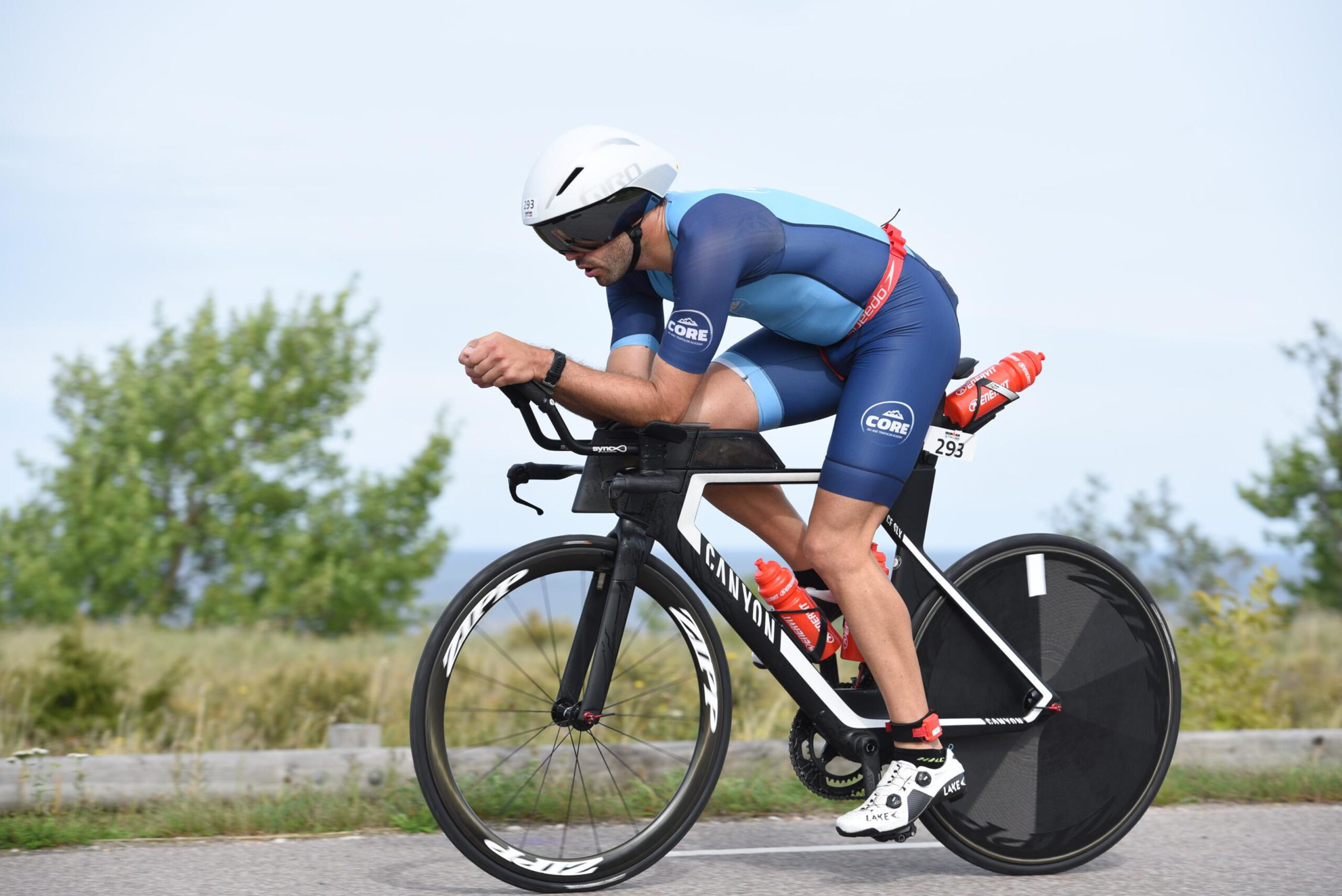FTP (Functional Threshold Power), FTHR (Functional Threshold Heart Rate), lactate threshold and training in zones: today these terms are familiar not only to elite cyclists, but also to keen amateurs who want to perform better and better.
- What Functional Threshold Power means, how to test it, and how to improve it
- Why you should build tempo riding into your training this spring
However, what is generally less acknowledged is that in order to perform at a higher intensity in a race (call it cycling faster or producing more average watts), training must actually be performed – most of the time – at lower intensities. So if you’re a cycling enthusiast, training most of the time in zone 2, for example, will actually boost your overall endurance performance more than training in zone 3.
Is your head already spinning too much? Let’s pull the brakes for a second.
What are the training zones?
There are different zones you can train in. You can follow the heart rate zones (established by a lab or a field test, like a 30-minute time trial); or if you have a power meter you can calculate your wattage zones with a ramp test or an FTP test. Most coaches use either a 5-zone or a 7-zone system.
But these zones, however effective for training purposes, are only telling part of the story. They are telling us how the heart rate changes according to the increase of the race pace or of the power output, or what the wattage is that we can sustain for a long period of time.

What actually happens to our body when we work out hard on our bikes is more complicated.
The use of gas exchange and blood lactate
The use of gas exchange and blood lactate are currently used to establish individualised physiological profiles of athletes. These measures have been considered by scientists as a more attractive solution to study athlete performances than heart rate zones.
During these tests, a face-mask with attached analyser can measure breath-by-breath oxygen uptake and carbon dioxide output. At the same time, blood lactate measured from fingertip samples can help us to determine two specific thresholds and three different workout zones. However, not least because of the high price of the required equipment, the tests are only possible in labs.

“The Gas Exchange Threshold (or lactate threshold) marks the top of zone 1 and the bottom of zone 2. It corresponds to a first and disproportional rise of CO2 compared to oxygen intake or lactate production”, explains Nicholas Willsmer, director of studies for the Sports Performance course at the University of Bath.
“And then, at the top of zone 2 and the bottom of zone 3, there is the Respiratory Compensation Point (essentially the Critical Power or Critical Speed or Maximal Lactate Steady State), which is the point where ventilation becomes excessive with respect to CO2 or blood lactate increases exponentially. From here you go up to the top of zone 3 towards VO2 max.
“You could also use a zone 4, extreme domain (above VO2 max),” adds Willsmer, “And coaches often give a further zone at the bottom of zone 1, equivalent to walking. If you split it that way there are five zones. The three important ones are moderate, heavy and severe from a training perspective for performance as they are more indicative of performance than the sole use of VO2 max.”
But why is training in zone 1 and 2 useful in order to get faster?
Among sport scientists, the Norway-based scientist Stephen Seiler is well known for his research on the training intensity in a group of cross-country skiers. In his Scandinavian Journal of Medicine and Science in Sports article 'Quantifying training intensity distribution in elite endurance athletes: is there evidence for an “optimal” distribution?' Seiler wrote that 75% of their training sessions were performed at low intensity (zone 1), 5% to 10% in zone 2, and 15% to 20% were actually performed in zone 3.
Other studies have shown that the pattern is similar in cycling as well. Spanish researcher Augusto G Zapico reported in his 'Evolution of physiological and haematological parameters with training load in elite male road cyclists' longitudinal study in J Sports Med Phys Fitness that in the winter time (November to February) elite Spanish U23 cyclists trained 164 hours in zone 1, 42 hours in zone 2 and just 5 hours in zone 3. In the spring (March to April) the athletes spent 182 hours in zone 1, 57 in zone 2, and 21 in zone 3.

Furthermore, the Spaniard Alejandro Lucia has also shown in his 'Heart rate response to professional road cycling: The Tour de France' report in Int J Sports Med that in the 1997 Tour de France, 70% of the race time spent by the athletes was in zone 1, 23% in zone 2 and just 7% in zone 3.
“It is important to realise that every time you train your body becomes immunosuppressed for a period of time,” explains Willsmer. “What we know is that training at high intensity has been associated with increased risk of immunosuppression/illnesses and can also lead to overtraining. In endurance sports it is no longer about volume only, it is about training sensibly, i.e. effectively combining volume and intensity at the right time of the season that allows an athlete to maximise his/her potential when it matters the most and minimises risk for illnesses/injuries.”

